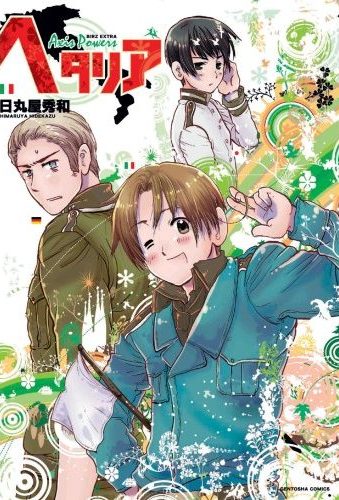
Anyone who has been observing the otaku scene or been to conventions over the past several years would have at least come across something involving or related to Axis Powers Hetalia. The brainchild of Hidekaz Himaruya, this curious work about national stereotypes has come a long way from its origins as a parody webcomic. While its heyday is long past, you still catch glimpses of it here and there. Indeed, whether indirectly or otherwise, it helped set the stage for all kinds of personifications. All while carrying over the age-old “tradition” of humanizing countries to a new generation. This, is where the Beginner’s Guide steps in.
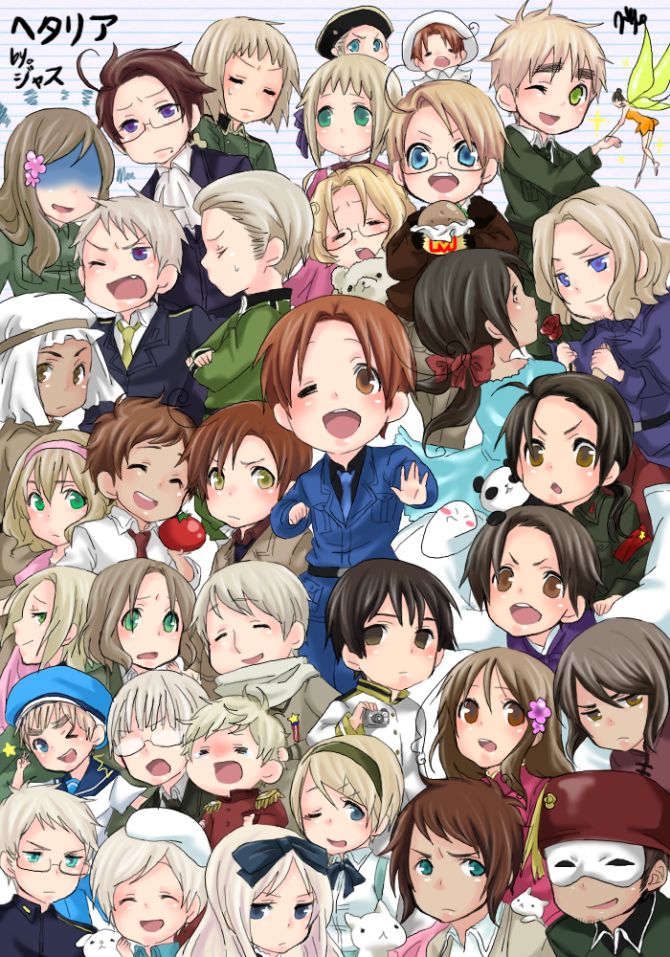
It’s not the first work ever made about different countries. The idea of personifying regions and whole nations has a long history that’s just as globe-spanning, whether it’s Ancient Rome, Shinto traditions in Japan or 19th Century posters featuring Uncle Sam. Neither was the series that much of an anomaly early on, given the existence of the comparatively short-lived webcomic Afganisu-tan (2003-05).
To find out why this stands out, you need not turn the clock back too far.
The Otaku’s History of the World
The origins of Hetalia can be traced back to 2003, when mangaka Hidekaz Himaruya set up his personal website Kitayume (currently Bamboo Thicket prototype). While he’s believed to have conceived the premise around that time, it was only in July 2006, while studying at Parsons School of Design in New York, that he posted a one-shot story. It became the first chapter of many.
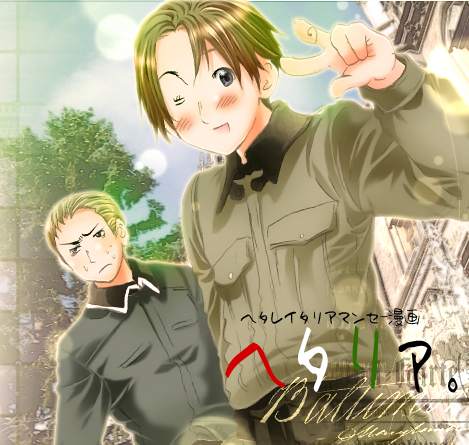
Initially spanning the First and Second World Wars, the series centered around the titular (and humanized) Axis Powers, specifically Germany, Japan, and Italy in their misadventures. Opposing them were the Allied Powers, such as America, Britain, Russia, and France, who seem to spend as much time bickering with and teasing one another as they did actually fighting the enemy. Coincidentally, the title itself is a portmanteau of Italia and the Japanese word hetare (useless), which may give you an idea of what to expect as hijinks and historical trivia ensue.
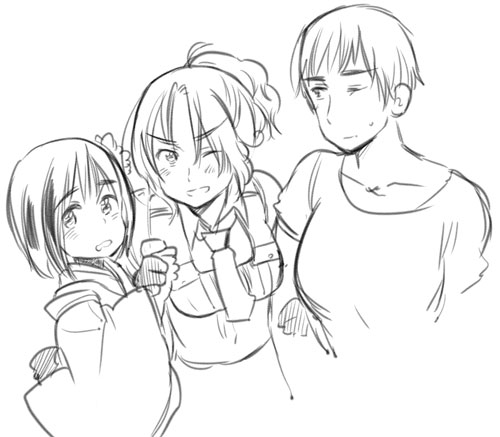
From there, however, it spawned side-stories, alternate universes, standalone arcs, and multiple holiday specials, to name a few; among the more infamous ones being the 2011 Christmas Event, known among fans as the “2011 Bloodbath.” A manga series compiling and expanding upon the material was serialized by Comic Birz (2008-2013), which was followed by another via Shonen Jump Plus, under the title Hetalia World☆Stars (2014 onwards). In addition, it also received myriad non-TV anime adaptations (including the film Paint it White! in 2010) produced by Studio Deen. While generally five minutes long in runtime, the combined total main episode count (135) is second only to the original Legend of the Galactic Heroes OVAs (162) in terms of sheer bulk. And that’s not even getting to the Drama CDs, visual novels, and other merchandise.
The original ending song for the Hetalia anime, “Marukaite Chikyuu,” from which many variations would pop up over the years. Circa 2012. (Source: YouTube)
To say that the franchise attracted a massive fanbase that at its height inspired meetups around the world would be an understatement. Yet there’s more to this than simply retreading history or riding on novelty.
Love of Country
One curious thing about Hetalia is how it doesn’t quite fit into any neat category. Officially, it’s been classified as either Shonen or Seinen. Although you’d be forgiven for thinking otherwise, due to the predominantly male cast (and some being canonically gay or bisexual), the art style being more Moe-inspired than anything else, or how the fandom is often perceived as being largely made up of women, especially of the fujoshi variety. Though it doesn’t take too much effort to find sizable numbers of male fans (if more of a guilty pleasure) or those who aren’t into it simply for the Yaoi bait.
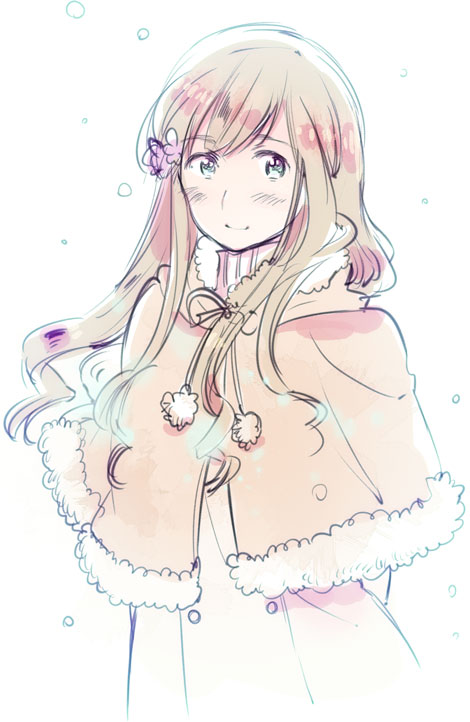
The attention to detail Himaruya puts in certainly helps. Whether it’s due to his time in New York or a fascination with other cultures, it’s clear that the mangaka is familiar with the source material. Whether it’s the gags about colorful French military uniforms, the condensed take on the War of the Austrian Succession, or the ludicrous yet ambitious US proposal to dye Mount Fuji either black or red during World War II, you’re about as likely to learn something as to be entertained.
The nations themselves are also easy on the eyes. While it’s a given that the cast would have tics that come off (and generally look) as stereotypical, such as blond-haired Germany, Japan’s overly polite tendencies, and America’s burger-munching ego trips, each of their personalities go considerably deeper. Influenced at least in part by history and their respective cultures, you get to see their quirks, relationships, shortcomings, and highs and lows, sometimes all at once. These go a long way in making them relatable and more human. In addition, what started as a handful of countries grew to be enough to populate the UN General Assembly; a good chunk of them, such as sibling-nations (like South Italy/Romano and the boisterous albino Prussia) and female personifications (including Hungary, Belgium, and Taiwan) have become major characters in their own right.
The English trailer for the original Hetalia’s third season. Funimation’s dubbing notably diverged considerably from the Japanese script, though this was compensated for by having each character have more exaggerated accents and verbal tics. Circa 2011. (Source: YouTube)
Then, there’s the content itself. There’s much in the way of lighthearted comedy that doesn’t slide into mean-spirited satire. From Canada being constantly mistaken for his twin brother, jokes about the Russian psyche, to China ripping off everyone, Hetalia can also be irreverent as no one’s really exempt. At the same time, however, you’d find more than a fair share of melancholy, bittersweet, serious, and heartwarming moments that do come off appropriately, whether it’s depicting the 1905 Revolution as the grim nightmare that it was or Switzerland saving an ailing Liechtenstein from oblivion. All the while, the series combines an affectionate, if not patriotic, respect with the kind of love of the world ala Walt Disney’s It’s a Small World, as epitomized by the recurring anime song “Marukaite Chikyuu.”
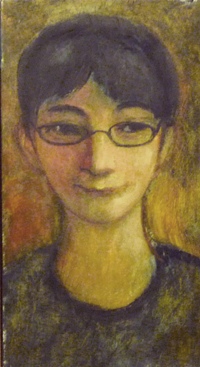
Combined with Himaruya’s penchant of encouraging people to create their own fanworks (to the point of “spoiling” fans) and creating fanart himself, the end result is a franchise that not only genuinely transcends borders but also has something for almost anyone, regardless of nationality or gender.
That said, the years haven’t been exactly kind.
Is it Worth It?
By the time Hetalia: The World Twinkle finished its run in 2015, its popularity had already begun dwindling. Online, it was overshadowed by Polandball (originating from German imageboard Krautchan) and related memes, which could be attributed to them being perceived as much easier to draw, more irreverent, and in line with Western tastes. To say nothing of the drama involving the fandom itself as activists and ideologues smeared the work for being allegedly racist or otherwise “problematic.”
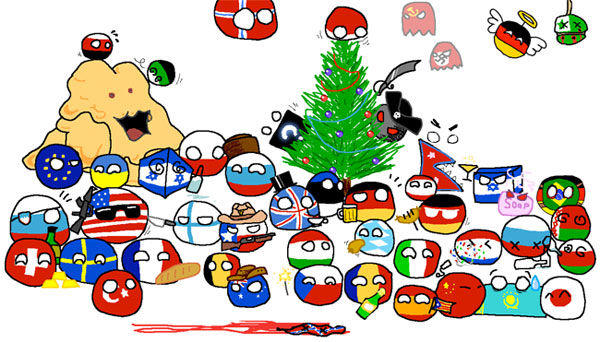
Yet though the series’ time in the sun waned, the popularity of personifications didn’t. As with Hetalia and countries, for instance, Cells at Work does something similar to the human body, as do Kantai Collection and Arpreggio of Blue Steel with naval ships. Which isn’t even getting to how just about everything you could think of, even the Earth itself, has been given the treatment to such a degree that it’s become a persistent Internet meme.
Meanwhile, the idea of depicting nations as people continues to endure among fans and creators online. Indeed, from original characters and doujinshi to works like the unofficial World Flags project for the 2020 Tokyo Olympics, it might seem like the franchise is rediscovered or reinvented every other month.

With so much history, and so much of the world to see, it’s not too late to take the plunge.


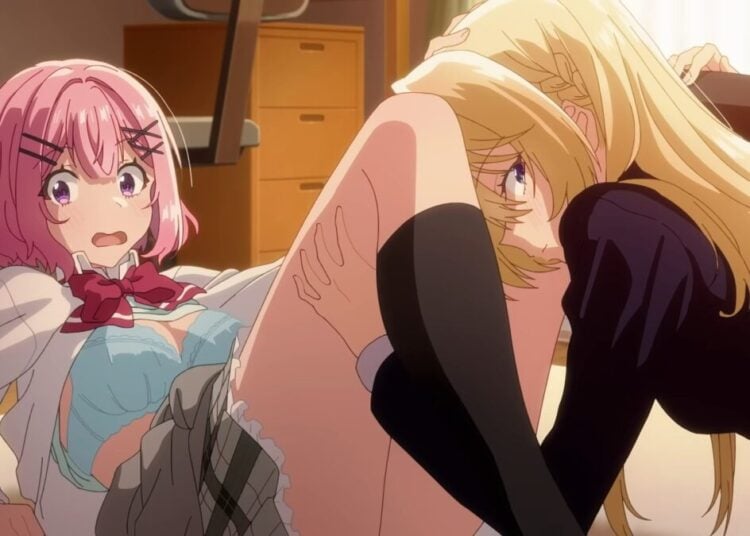
![Sawaranaide Kotesashi Kun Episode 12 [END] Featured Image](https://blog.jlist.com/wp-content/uploads/2025/12/Sawaranaide-Kotesashi-kun-Episode-12-END-Featured-Image-750x536.jpg)










